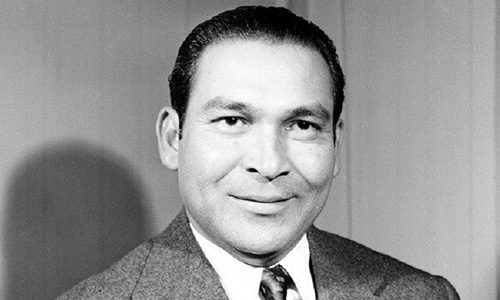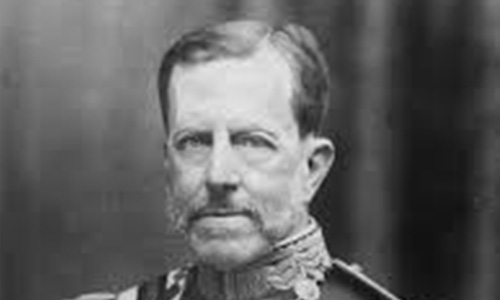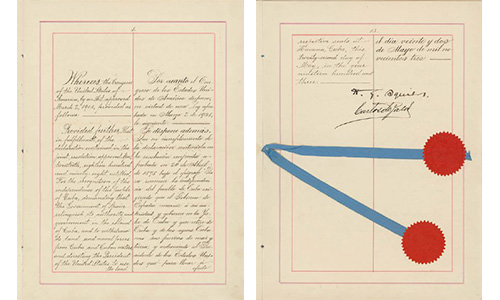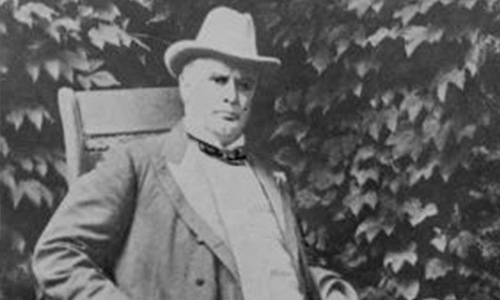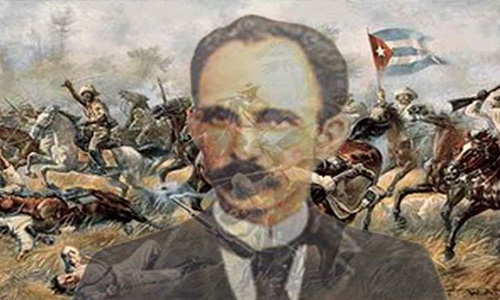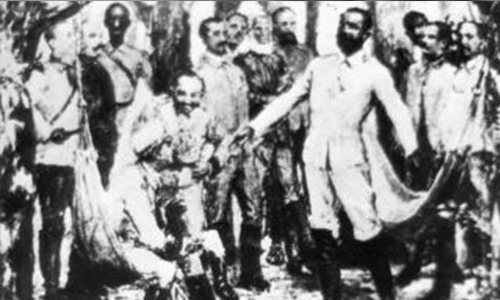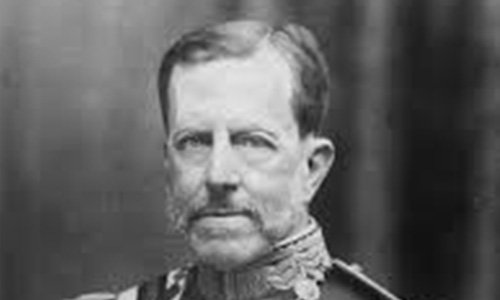This Day in Cuban History – March 10, 1952. Fulgencio Batista overthrew President Carlos Prío’s regime in a bloodless and masterfully executed coup d’état.
March 10, 1952 Convinced that he could not win the elections scheduled for June 1952, Fulgencio Batista overthrew President Carlos Prío’s regime in a bloodless and masterfully executed coup d’état on March 10. The coup was almost entirely dependent on army backing and caught the Cuban population, as well as Prío and his followers, by surprise. Batista …

